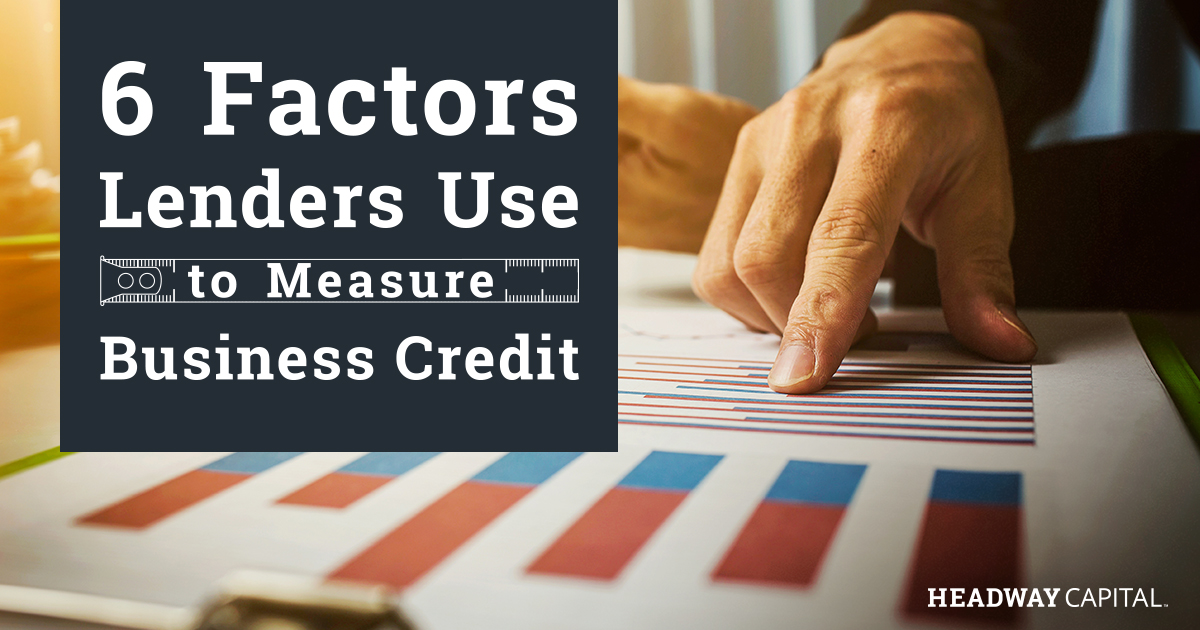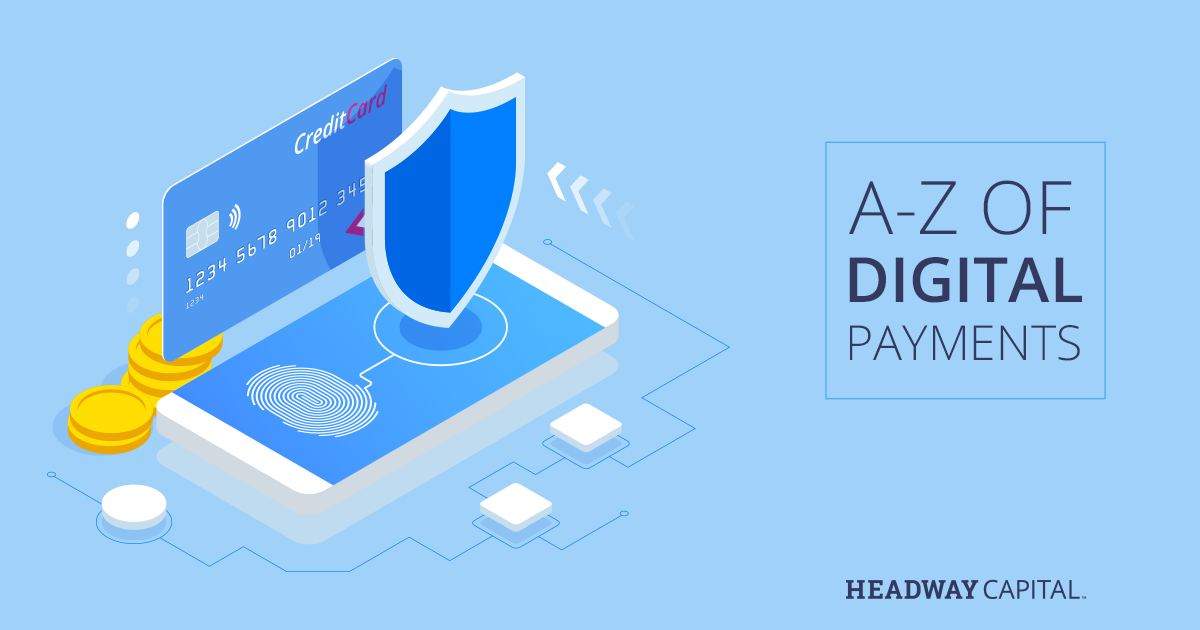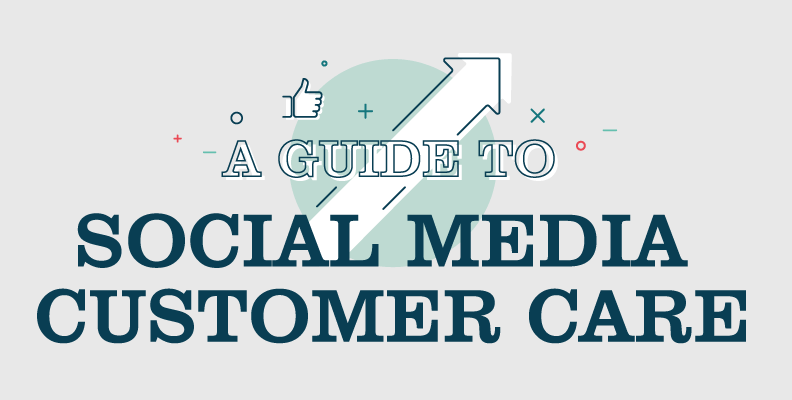Key Factors Lenders Use to Measure Business Credit
When entrepreneurs go looking for financing, they have multiple options. For example, they could seek out an angel investor, get a credit card, pledge their future earnings, set up a Kickstarter campaign, tap into their 401(k) or ask their family members for a loan during Thanksgiving dinner.
Statistics show that more than 99% of small businesses ultimately use a similar approach: debt financing. There are many advantages to this type of financing, including lower tax liability, keeping full ownership of your business, the chance to bolster your credit score, and less awkwardness at the next family function.
Credit Where It’s Due
When you apply for a loan, there are several factors the lender will use to determine whether or not to honor your request. And assuming your loan were to get a green light, those same factors would then help determine the terms and rates you’d receive.
So how do lenders measure your business credit and make those big decisions? The thing is, banks don’t need to offer up their reasons for turning you down. While this ambiguity can be exasperating in the moment, it also has future implications. Unless you know where you need to improve, it’s hard to actually do so.
With that in mind, here are six of the key factors a lender will typically use to determine the strength of your business credit.
1. Personal Credit
Your business credit shares some common DNA with your personal credit, so while it’s important for your business score to be strong, lenders will also want to evaluate your personal track record. Anticipate curious lenders looking into things like the length of your credit history, credit in use, amounts owed and payment history.
2. Business Debt Coverage
Carrying debt as a business isn’t a problem in and of itself. What really matters is the ability of your business to handle all of the current debt obligations. After all, anyone can borrow. What sets people apart is their ability to repay. To get a clear picture of your business debt coverage, lenders will usually take the time to check out your cash flow and debt payments.
3. Personal Debt Coverage
Your business isn’t an island, so lenders will also want to look into the state of your personal debt coverage. This step is important to the process because if you’re in a solid position personally, you’ll be considered less of a risk because you’d be able to help make payments if your business were to struggle.
4. Personal Debt Usage
Considering 80% of Americans are carrying debt, a lender isn’t going to be worried if you have some. The primary question is whether or not you have credit available that you’re not utilizing at the moment. A lender will ascertain this by dividing your outstanding debt by the cumulative amount of available revolving credit.
5. Business Debt Usage
Lenders will also want to see your debt situation on the business side. They’ll be keenly interested in how much debt you have and whether it’s an appropriate amount given the size of your business and the industry of you are in. By comparing your outstanding business debt to your revenue or assets, they’ll be able to make that assessment.
6. Business Revenue Trend
The direction your business is headed plays a big part in a lender’s willingness to work with you. To determine the revenue trend, lenders will calculate what the average revenue growth will be over time. If you’re at or above the industry average, you should be sitting pretty. Fall below that mark and there will definitely be more hurdles.
Putting It All Together
It’s important to remember the measures used to evaluate your business credit aren’t a reflection of your personal worthiness or character. They’re merely a set of tools that help a lender evaluate risk and make loan decisions they can feel comfortable with. It’s worth noting you’d likely want to apply a similar (though less intensive) scrutiny if a relative were to approach you at Thanksgiving and request a loan.
So if your applications have been rejected in the past, don’t lose heart. Most small business loan requests get denied. Simply use the experience as an opportunity to identify weaknesses and bolster your credit.
Author: Grant Olsen
Grant Olsen is a writer specializing in small business loans, leadership skills, and growth strategies. He is a contributing writer for KSL 5 TV, where his articles have generated more than 6 million page views, and has been featured on FitSmallBusiness.com and ModernHealthcare.com. Grant is also the author of the book “Rhino Trouble.” He has a B.A. in English from Brigham Young University






